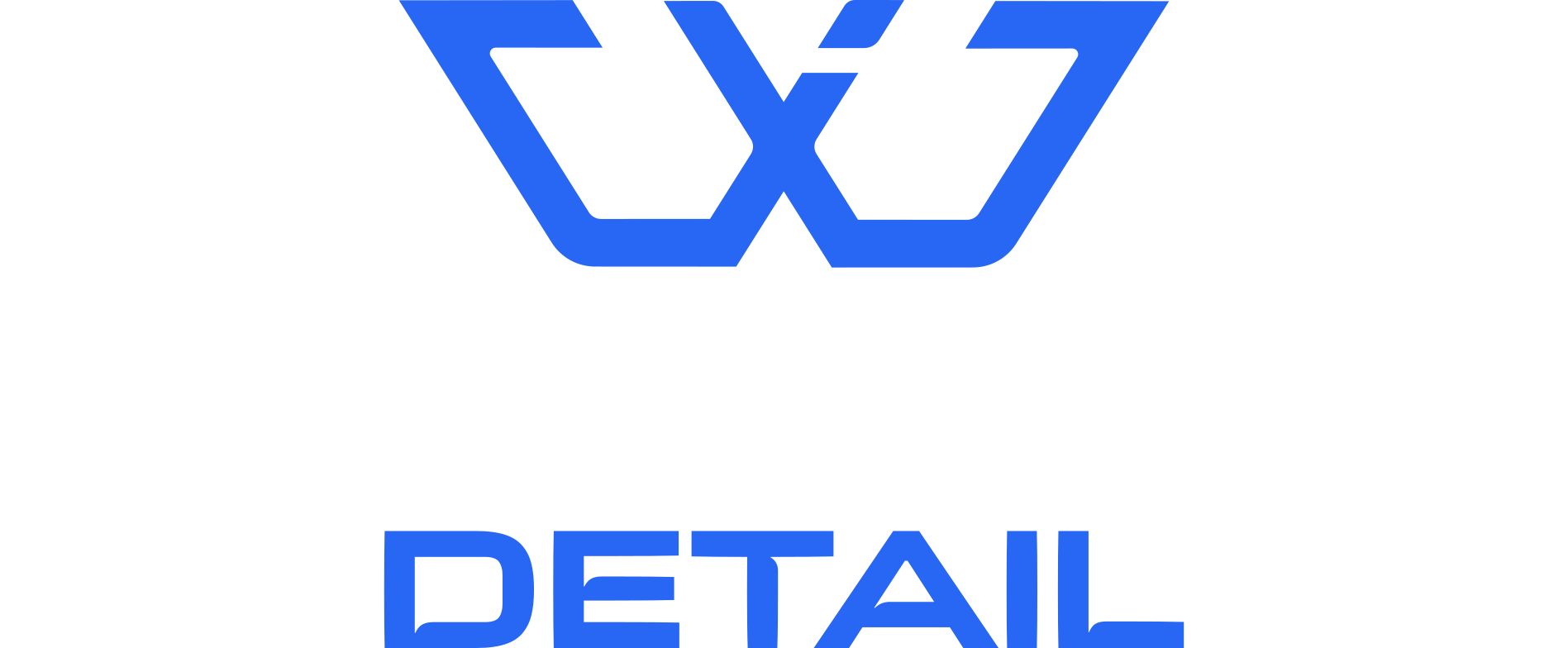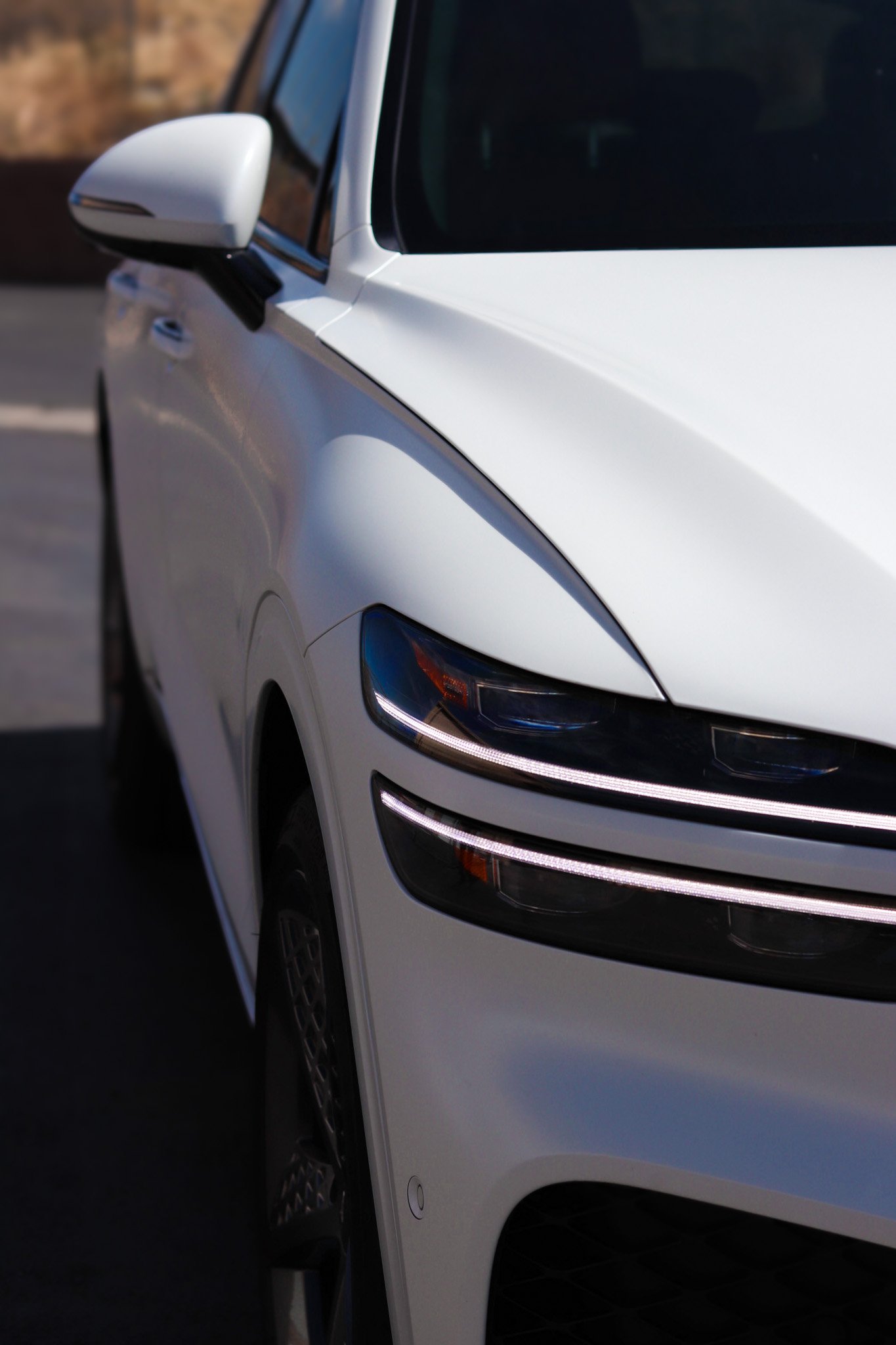If you’re considering ceramic coating or paint protection film (PPF) for your vehicle, you’re already taking the right steps to protect your investment. But there’s one critical step that should never be skipped: paint correction.
In Albuquerque’s harsh climate, even brand-new vehicles can have paint imperfections that affect how coatings and films bond—and how your vehicle looks once they’re applied. Whether your car is fresh off the lot or a few years old, correcting the paint first ensures you get the best long-term results.
What Is Paint Correction?
Paint correction is the process of removing surface defects from your vehicle’s clear coat, such as swirl marks, fine scratches, oxidation, and water spots. Using machine polishing and specialized compounds, trained detailers level the clear coat to eliminate imperfections and restore a smooth, reflective surface.
In Albuquerque, paint defects are often caused by:
- Fine dust and sand from the desert air
- Improper washing techniques (brush car washes, dirty rags)
- High UV exposure that weakens and oxidizes the paint over time
- Hard water spots from well water or overhead sprinklers
Even if your vehicle looks clean under normal light, these defects become obvious under direct sun or inspection lights—and they’ll be permanently sealed in if not corrected first.
Why Paint Correction Is Crucial Before Ceramic Coating
Ceramic coatings like System X Ceramic Coating are designed to bond directly to the vehicle’s clear coat. If the surface is scratched, dull, or contaminated, the coating will lock in those flaws—permanently. Worse, poor surface prep can cause uneven bonding, reducing the coating’s lifespan and performance.
A properly corrected paint surface ensures:
- Maximum gloss and clarity under the coating
- Better bonding and longer durability for the ceramic layer
- Easier future maintenance, as contaminants have fewer places to cling
In Albuquerque’s intense sun, where imperfections are more visible and UV damage progresses faster, ensuring your clear coat is pristine before coating is even more important.
Why Paint Correction Is Also Vital Before PPF
Paint protection film like 3M or SunTek may be clear and protective—but it’s not a magic eraser. It conforms tightly to whatever surface is beneath it. That means swirl marks, hazing, or embedded water spots will still be visible under the film.
Applying PPF over uncorrected paint results in:
- Visible imperfections under the film, especially on darker vehicles
- Uneven adhesion, which can lead to premature lifting or bubbles
- Reduced visual clarity, making your expensive wrap look dull
Correcting the paint beforehand ensures the film enhances your vehicle’s finish, not highlights existing issues.
How Much Paint Correction Is Needed?
Not every car needs multi-stage correction. Some may only need a light polish; others may require full two-stage correction depending on the severity of the defects. In Albuquerque, even a new vehicle can benefit from a single-stage correction to remove dealership-installed swirls or transportation-related defects.
The best approach is always to inspect under proper lighting and tailor the correction process to the condition of the paint.
In a climate like Albuquerque’s—with high UV exposure, airborne dust, and temperature swings—paint correction isn’t optional before ceramic coating or PPF. It’s a critical step that ensures your protection products bond correctly, look better, and perform longer.
Skipping paint correction is like sealing in dirt before applying a clear coat. If you want true protection and a flawless finish that lasts, make paint correction your first step—not an afterthought.


